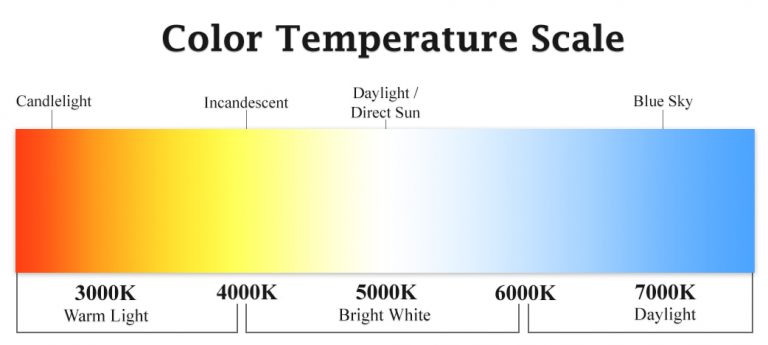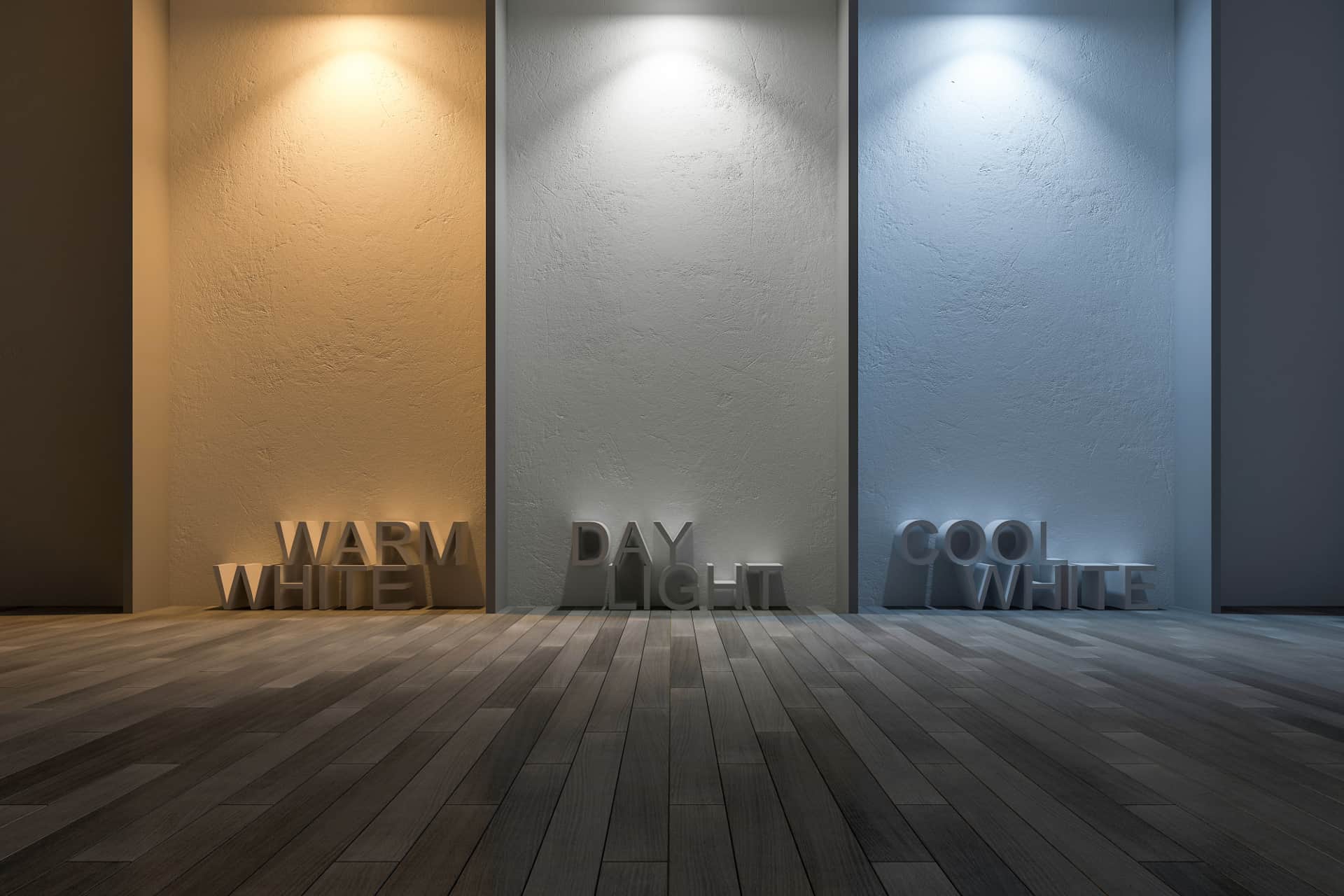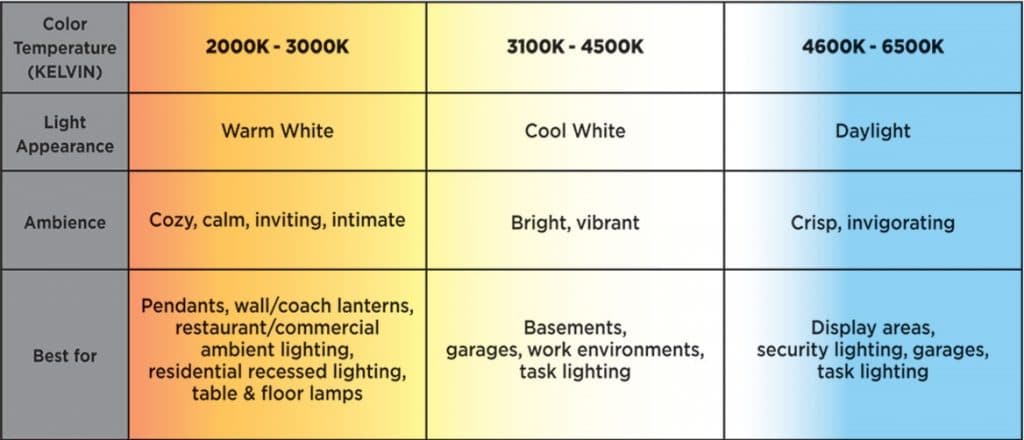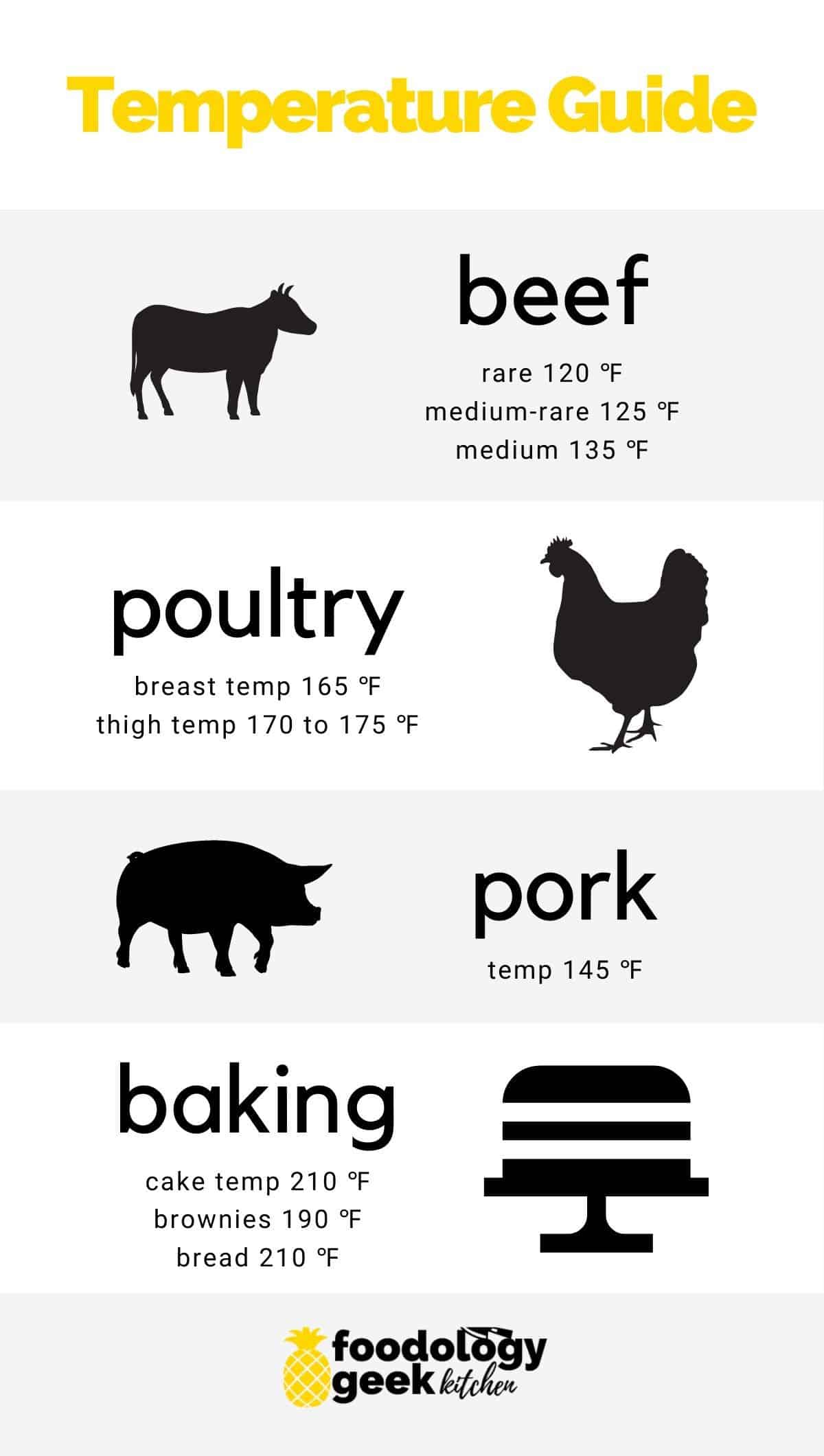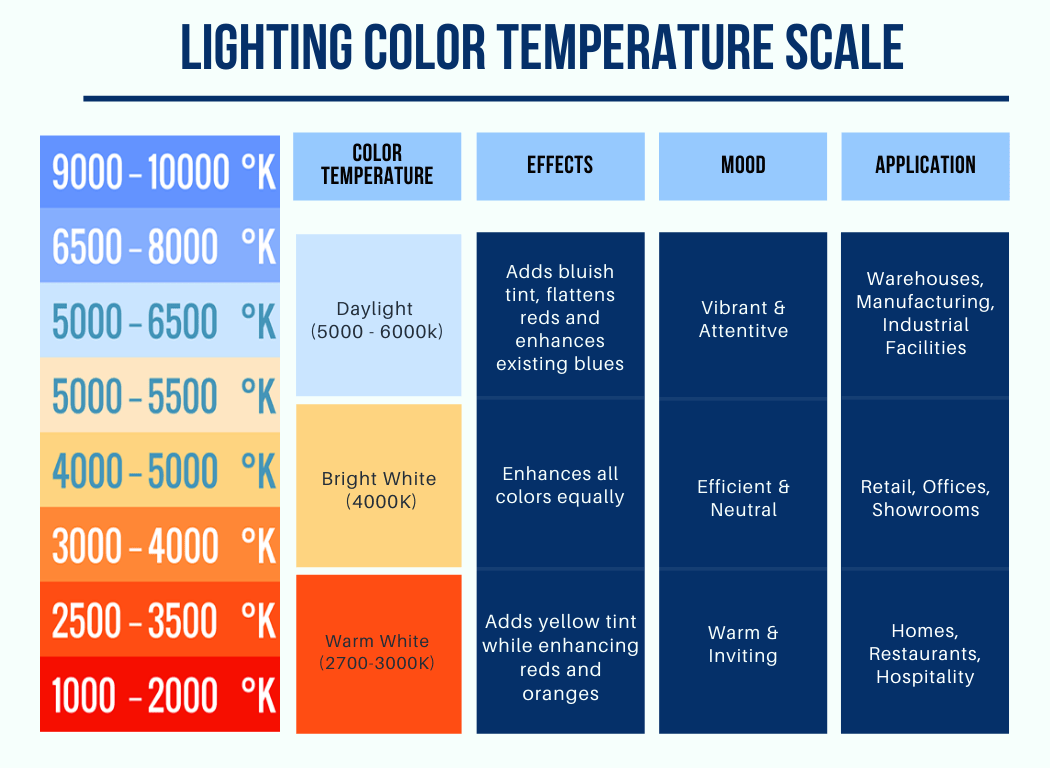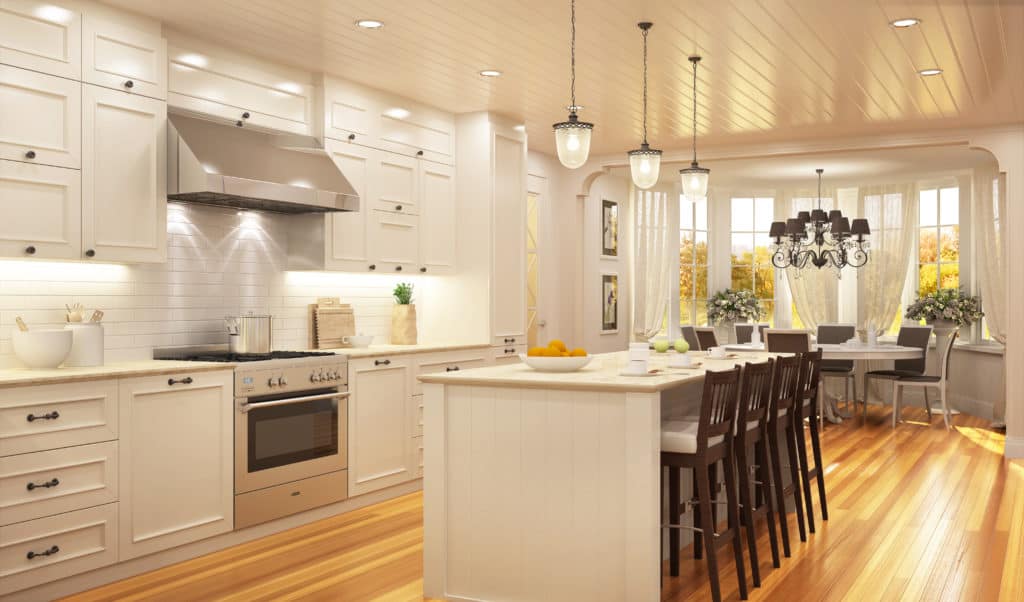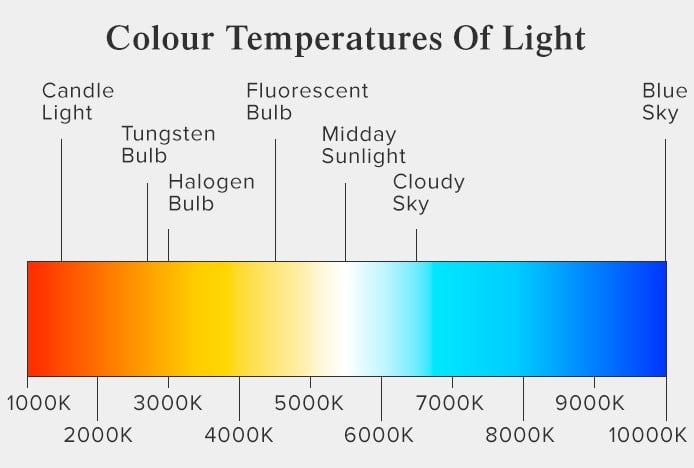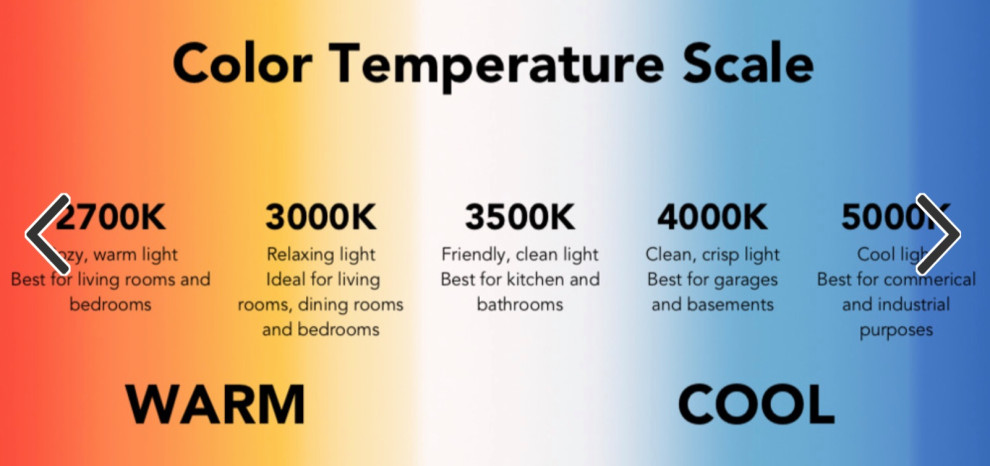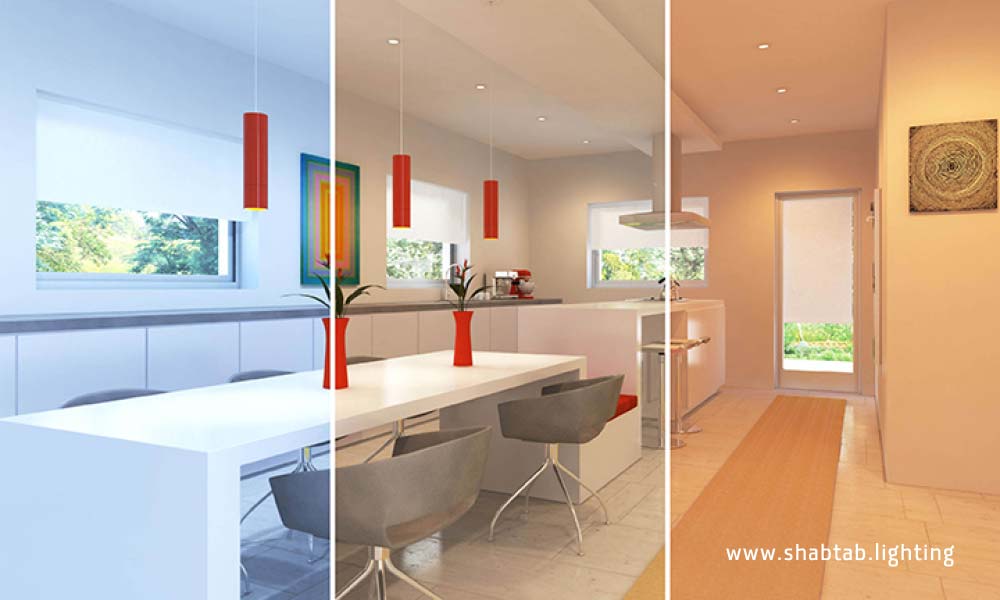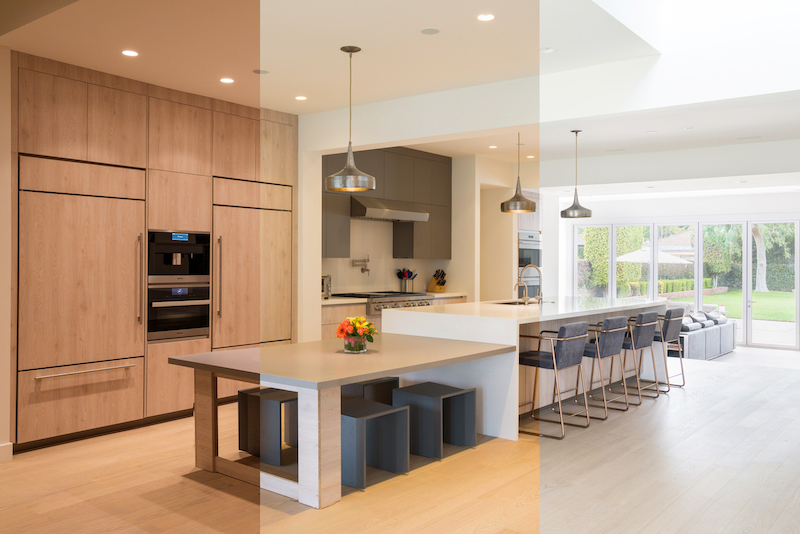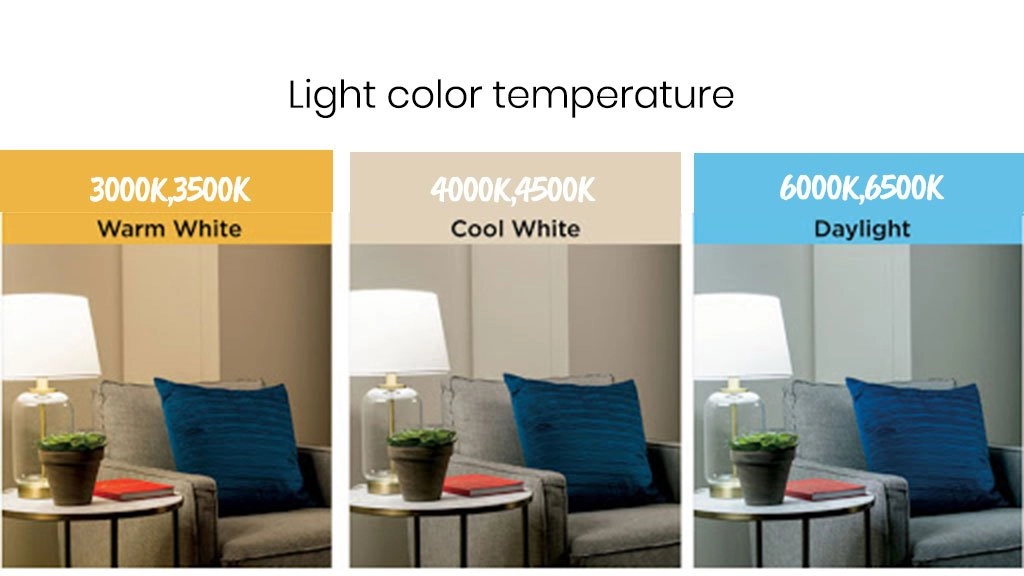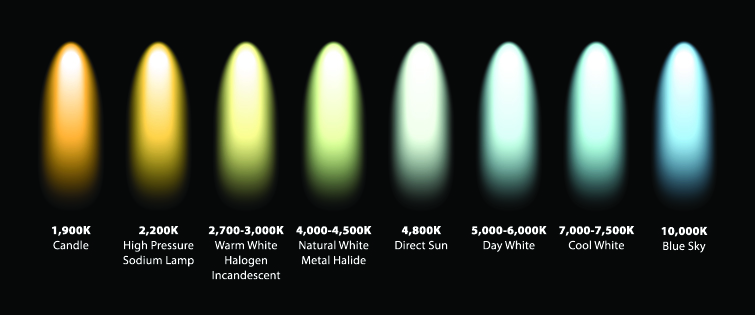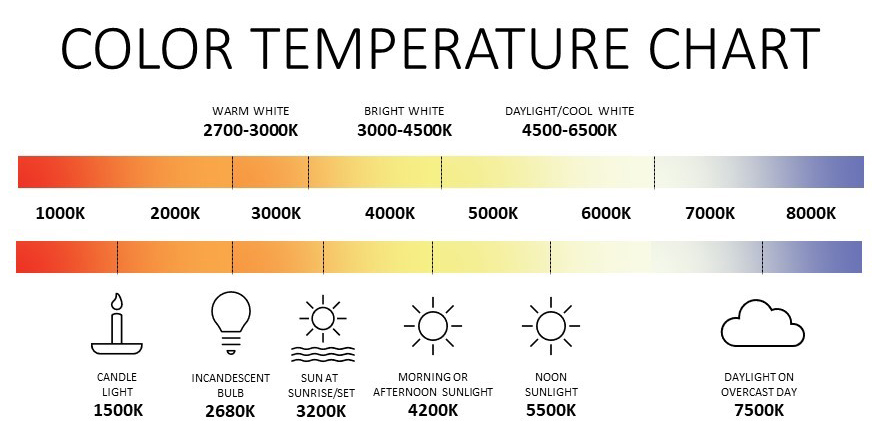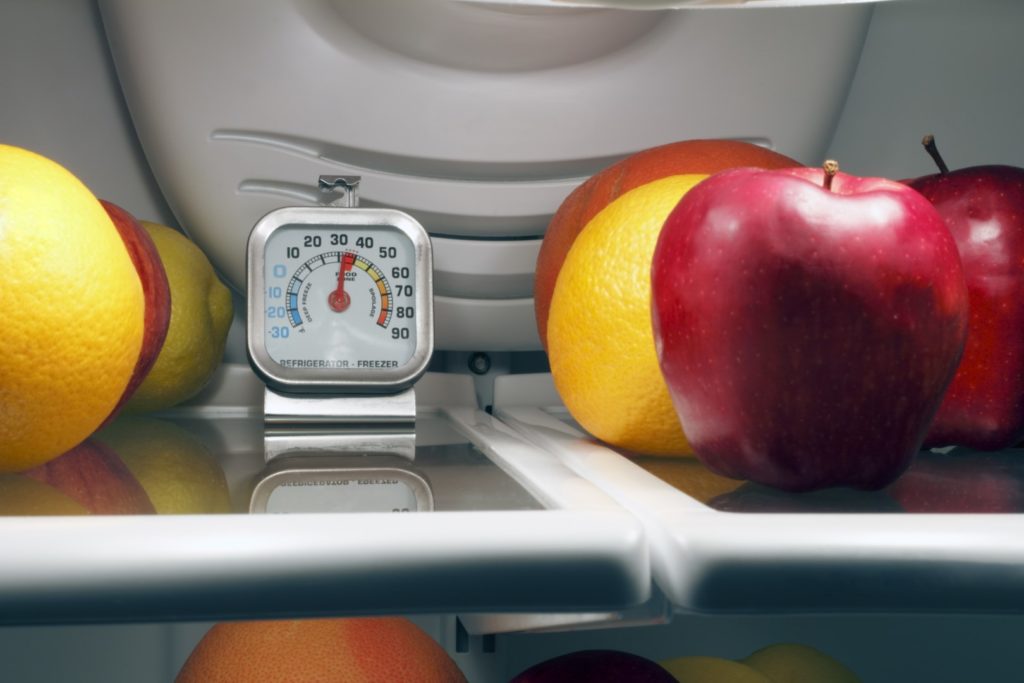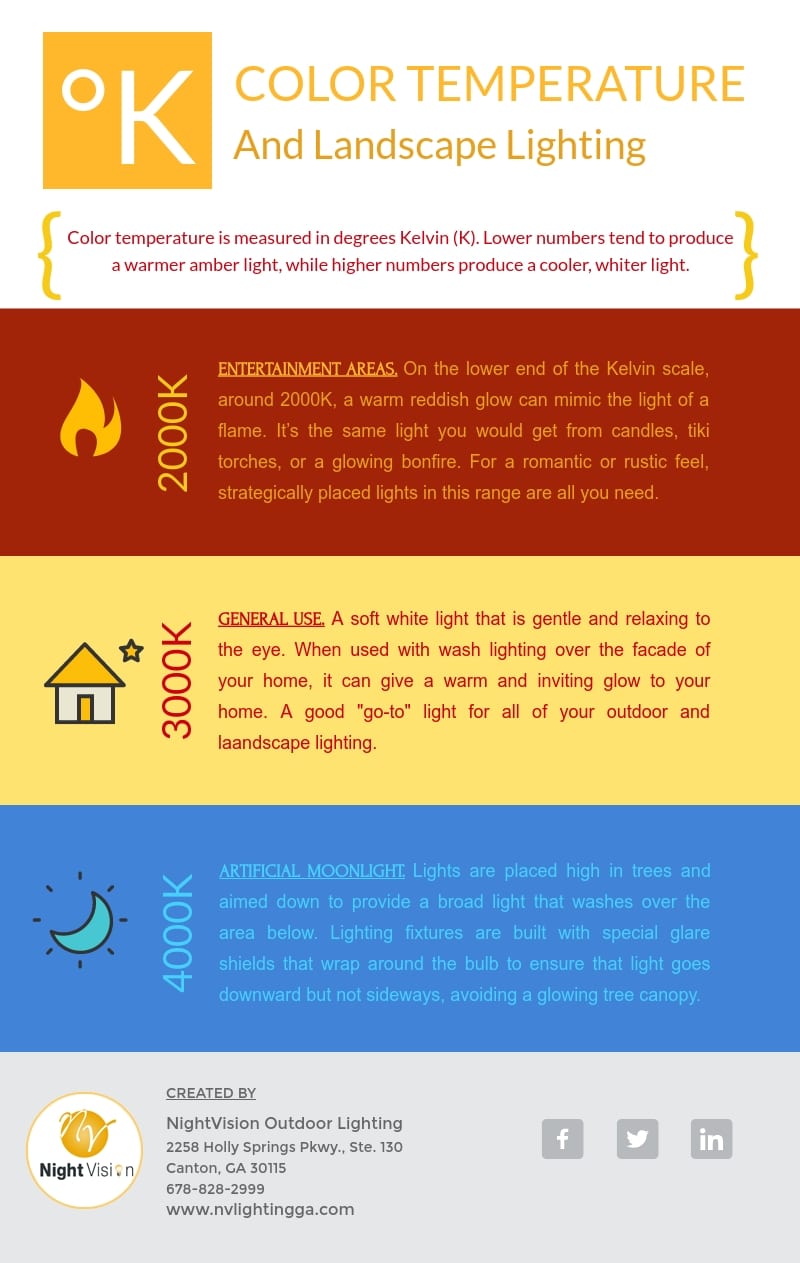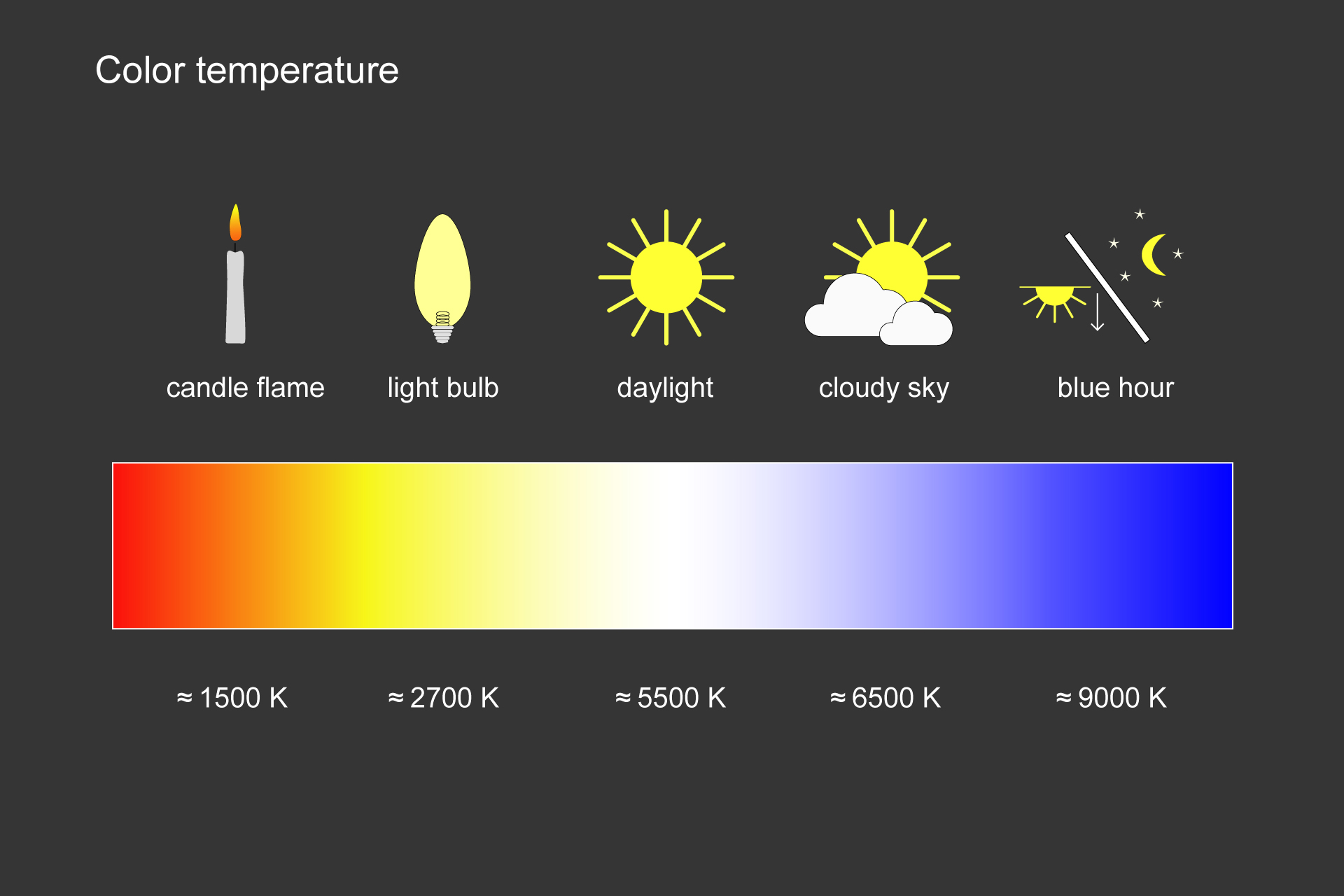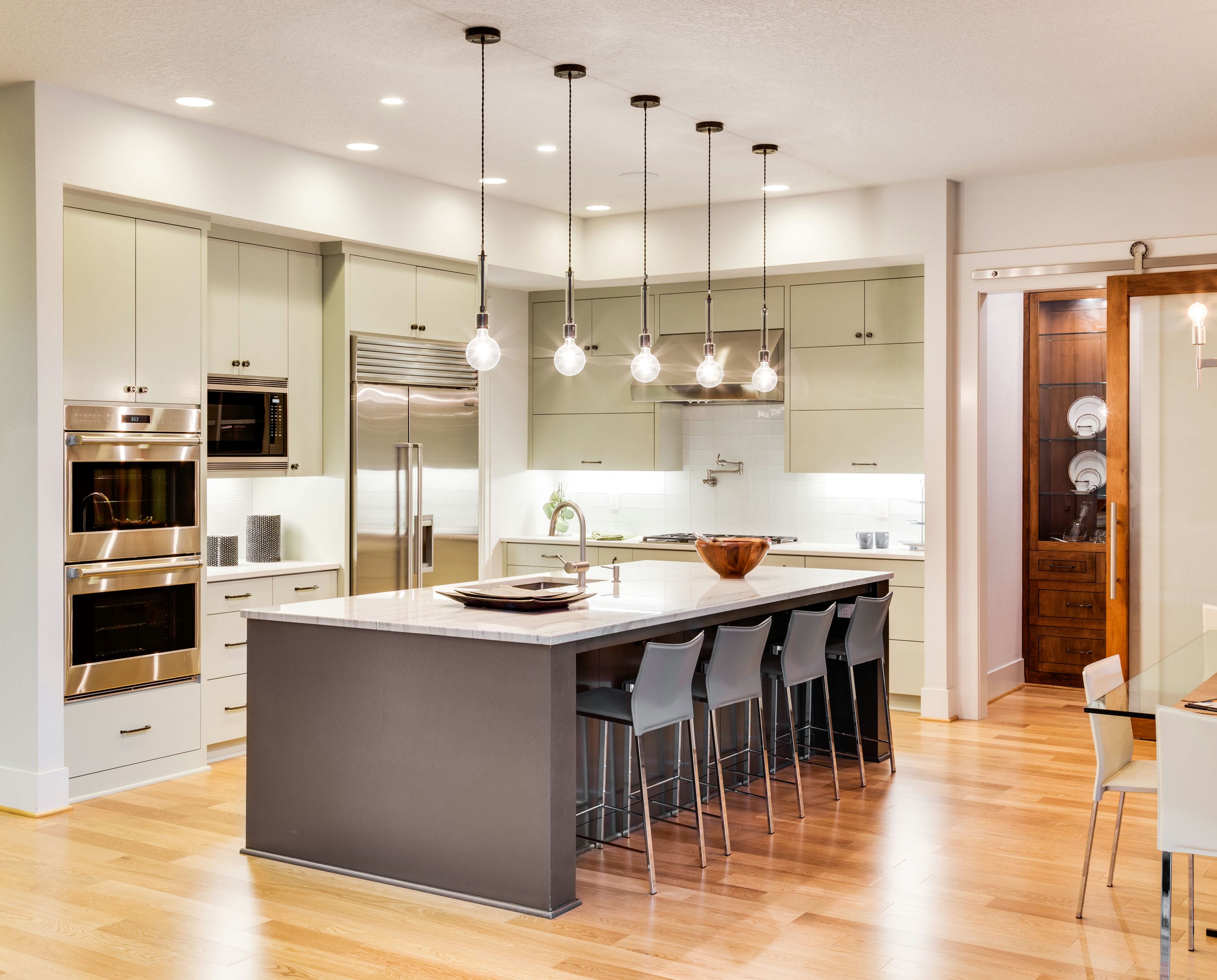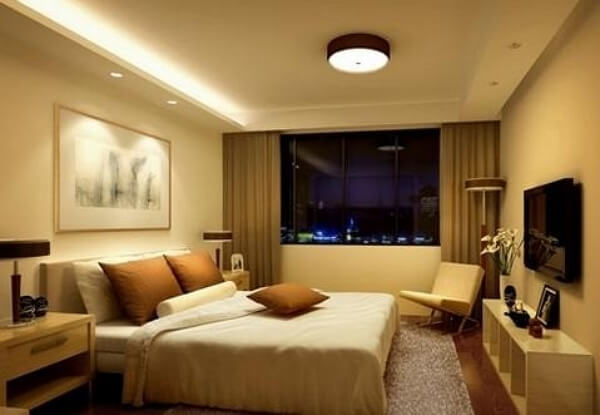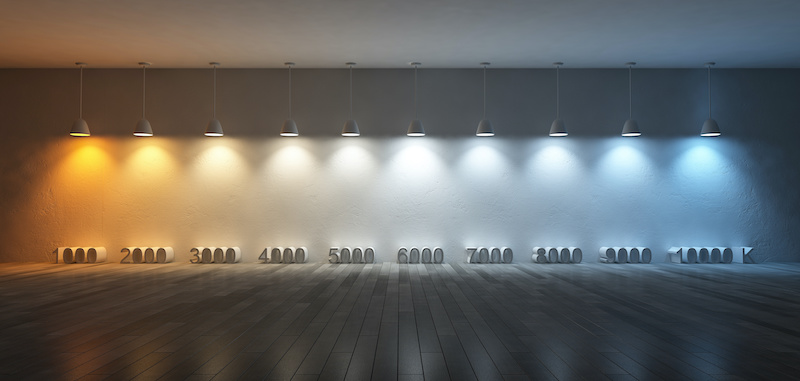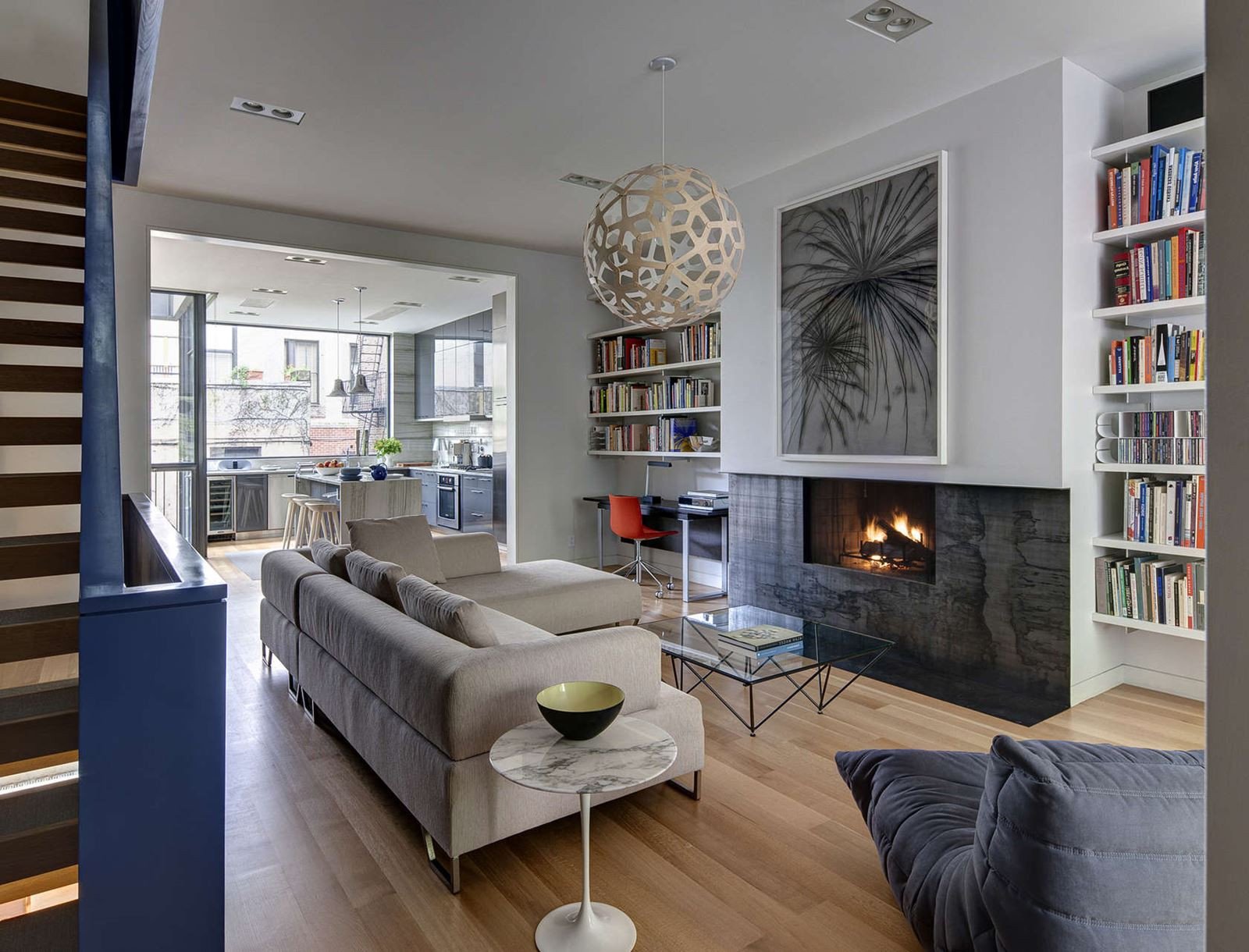When it comes to designing your dream kitchen, the lighting is often an afterthought. However, the right lighting can make all the difference in creating a warm and inviting space. One important factor to consider when choosing kitchen lighting is the color temperature. This refers to the warmth or coolness of the light, measured in Kelvin (K). The ideal color temperature for your kitchen lighting will depend on the overall design and function of your space.1. Choosing the Right Color Temperature for Your Kitchen Lighting
With so many options available, it can be overwhelming to choose the best light bulbs for your kitchen. But fear not, by understanding color temperature, you can easily narrow down your options. For a traditional and cozy feel, opt for a warmer color temperature between 2700K-3000K. For a more modern and crisp look, go for a cooler color temperature between 3500K-4100K. It's all about personal preference and finding the right balance for your space.2. The Best Light Bulbs for Your Kitchen: Choosing the Right Color Temperature
When deciding on the ideal color temperature for your kitchen lighting, consider the natural light in the room. If your kitchen gets a lot of natural light, a cooler color temperature may be more suitable. On the other hand, if your kitchen is lacking in natural light, a warmer color temperature can help create a cozy and inviting atmosphere. It's also important to consider the color scheme of your kitchen and how the lighting will complement it.3. How to Determine the Ideal Color Temperature for Your Kitchen Lighting
You may be wondering, why is color temperature so important in kitchen lighting? Well, the right color temperature can enhance the overall ambiance of your space and even affect your mood. A warm color temperature can create a sense of comfort and relaxation, while a cooler color temperature can make a space feel more energized and bright. It's also important to consider the tasks that will be performed in your kitchen. For example, a cooler color temperature may be more suitable for food prep and cooking, while a warmer color temperature can be more conducive for dining and entertaining.4. The Importance of Color Temperature in Kitchen Lighting
Now that you understand the importance of color temperature in kitchen lighting, here are some tips to help you find the perfect balance:5. Finding the Perfect Balance: Tips for Selecting the Ideal Kitchen Light Temperature
To better understand color temperature, let's break it down into three categories: warm, neutral, and cool. Warm color temperatures, typically between 2700K-3000K, have a yellowish hue and create a cozy and inviting atmosphere. Neutral color temperatures, around 3500K-4100K, have a more balanced and natural feel. Cool color temperatures, ranging from 5000K-6500K, have a bluish tint and give off a bright and energizing light. Each category has its own benefits and it's important to choose the one that best fits your kitchen design and needs.6. Understanding Color Temperature: A Guide to Choosing the Right Kitchen Lighting
The key to setting the ideal kitchen light temperature is to create the perfect ambiance. This can be achieved by layering different types of lighting, such as ambient, task, and accent lighting, with the appropriate color temperature. Ambient lighting provides overall illumination, task lighting is focused on specific areas for tasks like cooking and food prep, and accent lighting adds depth and dimension to your space. By using a mix of warm and cool color temperatures, you can create a well-balanced and inviting atmosphere in your kitchen.7. Creating the Perfect Ambiance: How to Set the Ideal Kitchen Light Temperature
Believe it or not, there is a science behind color temperature and how it affects your kitchen lighting. Our bodies are wired to respond to different color temperatures, with warm colors promoting relaxation and cool colors promoting alertness. By understanding the science behind color temperature, you can use it to your advantage in creating the perfect atmosphere in your kitchen.8. The Science of Color Temperature: How It Affects Your Kitchen Lighting
When it comes down to it, finding the sweet spot for your kitchen light temperature is all about balance. It's about finding the right balance between warm and cool, natural and artificial light, and function and design. By considering all of these factors and experimenting with different color temperatures, you can find the perfect balance for your unique kitchen space.9. Finding the Sweet Spot: Striking the Ideal Balance with Kitchen Light Temperature
Still unsure about which light temperature is best for your kitchen? Who better to turn to for advice than interior design experts! Here are some tips from the pros:10. The Best Light Temperature for Your Kitchen: Tips from Interior Design Experts
The Importance of Ideal Kitchen Light Temperature

The Impact of Light Temperature on Kitchen Design
 When it comes to designing a kitchen, many homeowners tend to focus on aesthetics and functionality, often overlooking the importance of lighting. However, choosing the right
light temperature
can have a significant impact on the overall look and feel of your kitchen. Not only does it affect the ambiance and atmosphere, but it also plays a crucial role in
highlighting
the design elements and creating a comfortable and inviting space. In this article, we will explore the benefits of choosing an ideal light temperature for your kitchen and how it can elevate your kitchen design.
When it comes to designing a kitchen, many homeowners tend to focus on aesthetics and functionality, often overlooking the importance of lighting. However, choosing the right
light temperature
can have a significant impact on the overall look and feel of your kitchen. Not only does it affect the ambiance and atmosphere, but it also plays a crucial role in
highlighting
the design elements and creating a comfortable and inviting space. In this article, we will explore the benefits of choosing an ideal light temperature for your kitchen and how it can elevate your kitchen design.
The Ideal Light Temperature for Your Kitchen
 The
ideal light temperature
for a kitchen would be in the range of 2700K to 3000K, which falls under the category of warm white. This temperature mimics natural sunlight and creates a cozy and inviting atmosphere in the kitchen. It also complements the warm tones commonly used in kitchen design, such as wooden cabinets and countertops.
Lighting experts
recommend using LED lights in this temperature range as they are energy-efficient and can last for years without needing replacement.
The
ideal light temperature
for a kitchen would be in the range of 2700K to 3000K, which falls under the category of warm white. This temperature mimics natural sunlight and creates a cozy and inviting atmosphere in the kitchen. It also complements the warm tones commonly used in kitchen design, such as wooden cabinets and countertops.
Lighting experts
recommend using LED lights in this temperature range as they are energy-efficient and can last for years without needing replacement.
The Benefits of Choosing the Right Light Temperature
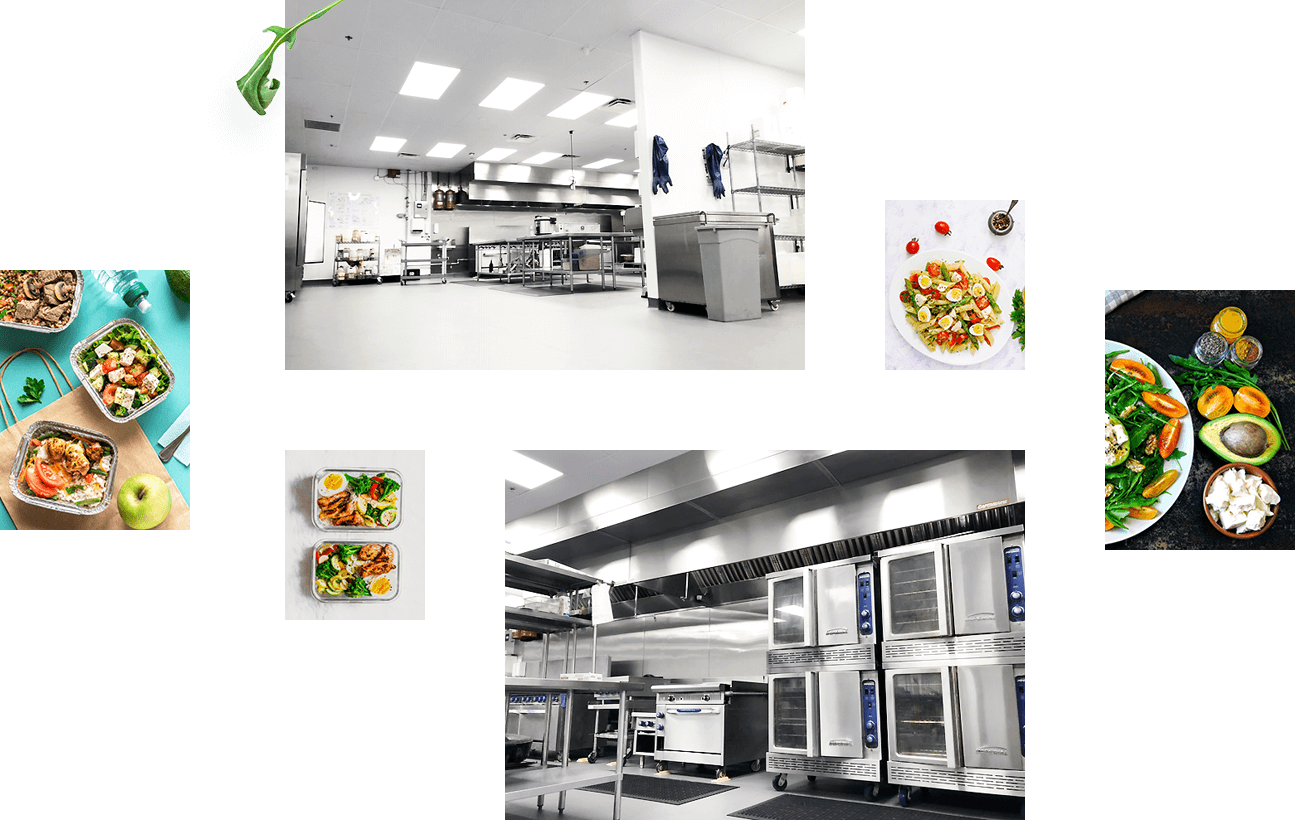 Choosing the right light temperature can have a significant impact on the overall design of your kitchen. The warm white light not only creates a welcoming atmosphere but also enhances the colors and textures in the room. It can make your kitchen appear more spacious and inviting, making it the perfect place for family gatherings and entertaining guests. Moreover, the right light temperature can also affect the
mood and productivity
in the kitchen. Studies have shown that warm light can create a calming effect and reduce stress levels, making cooking and meal prep a more enjoyable experience.
Choosing the right light temperature can have a significant impact on the overall design of your kitchen. The warm white light not only creates a welcoming atmosphere but also enhances the colors and textures in the room. It can make your kitchen appear more spacious and inviting, making it the perfect place for family gatherings and entertaining guests. Moreover, the right light temperature can also affect the
mood and productivity
in the kitchen. Studies have shown that warm light can create a calming effect and reduce stress levels, making cooking and meal prep a more enjoyable experience.
Other Considerations for Kitchen Lighting
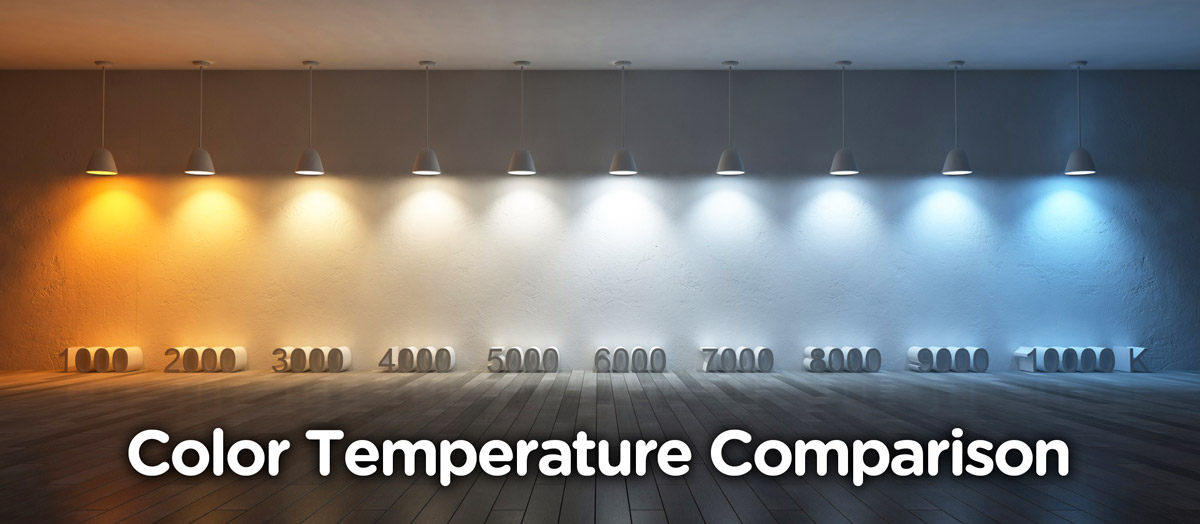 While the light temperature is an essential factor to consider, it is not the only aspect of kitchen lighting. It is also crucial to have a well-lit workspace, especially in areas such as the countertop and stove. Task lighting, such as under-cabinet lights, can provide the necessary brightness for food preparation and cooking. Additionally, incorporating dimmable lights in the kitchen can give you the flexibility to adjust the light levels according to your needs and preferences.
In conclusion, the
ideal kitchen light temperature
plays a crucial role in creating a functional and aesthetically pleasing space. By choosing warm white lights in the range of 2700K to 3000K, you can enhance the design elements, create a cozy atmosphere, and improve the overall mood in the kitchen. So, when planning your kitchen design, don't forget to pay attention to the light temperature and how it can elevate your space.
While the light temperature is an essential factor to consider, it is not the only aspect of kitchen lighting. It is also crucial to have a well-lit workspace, especially in areas such as the countertop and stove. Task lighting, such as under-cabinet lights, can provide the necessary brightness for food preparation and cooking. Additionally, incorporating dimmable lights in the kitchen can give you the flexibility to adjust the light levels according to your needs and preferences.
In conclusion, the
ideal kitchen light temperature
plays a crucial role in creating a functional and aesthetically pleasing space. By choosing warm white lights in the range of 2700K to 3000K, you can enhance the design elements, create a cozy atmosphere, and improve the overall mood in the kitchen. So, when planning your kitchen design, don't forget to pay attention to the light temperature and how it can elevate your space.


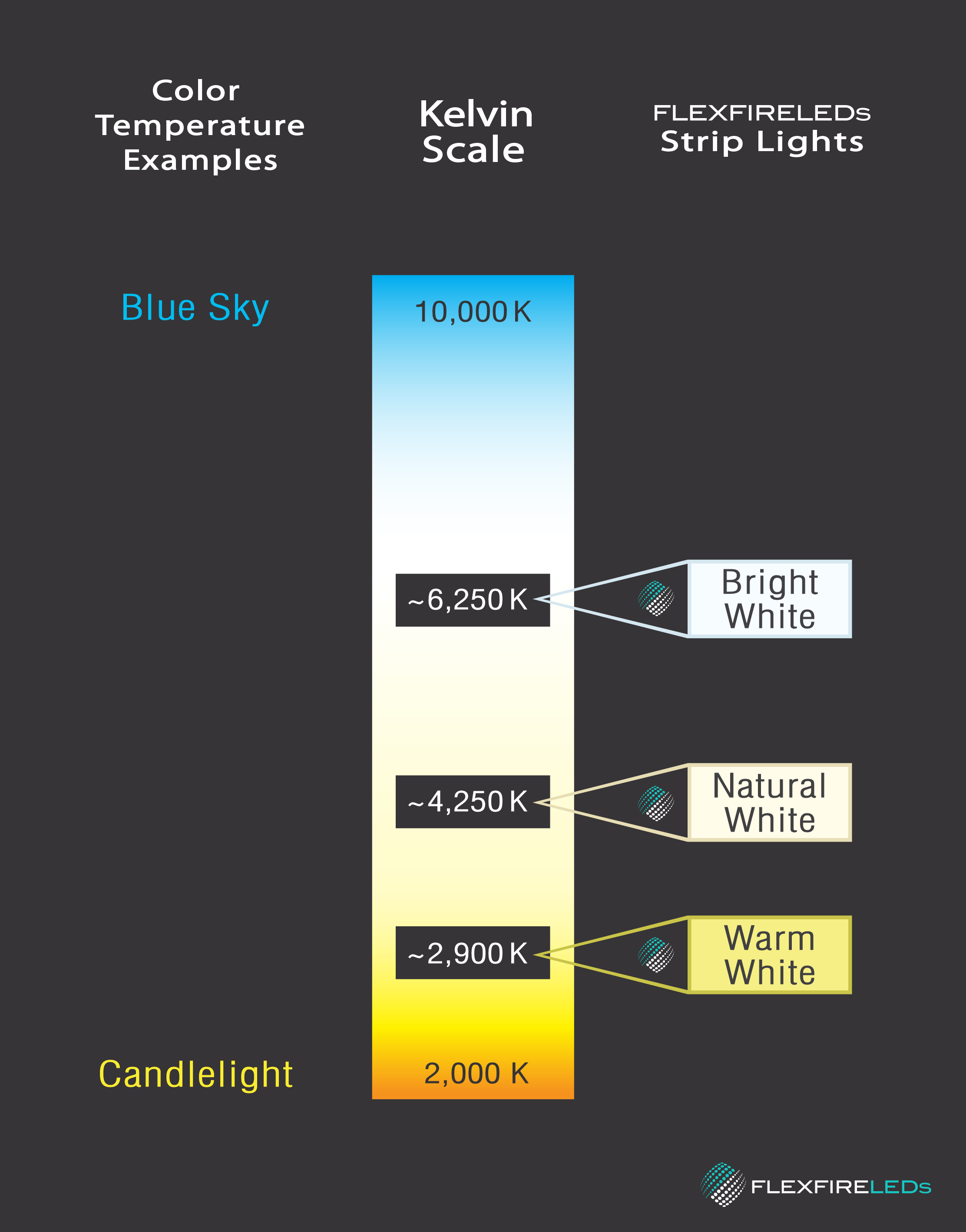
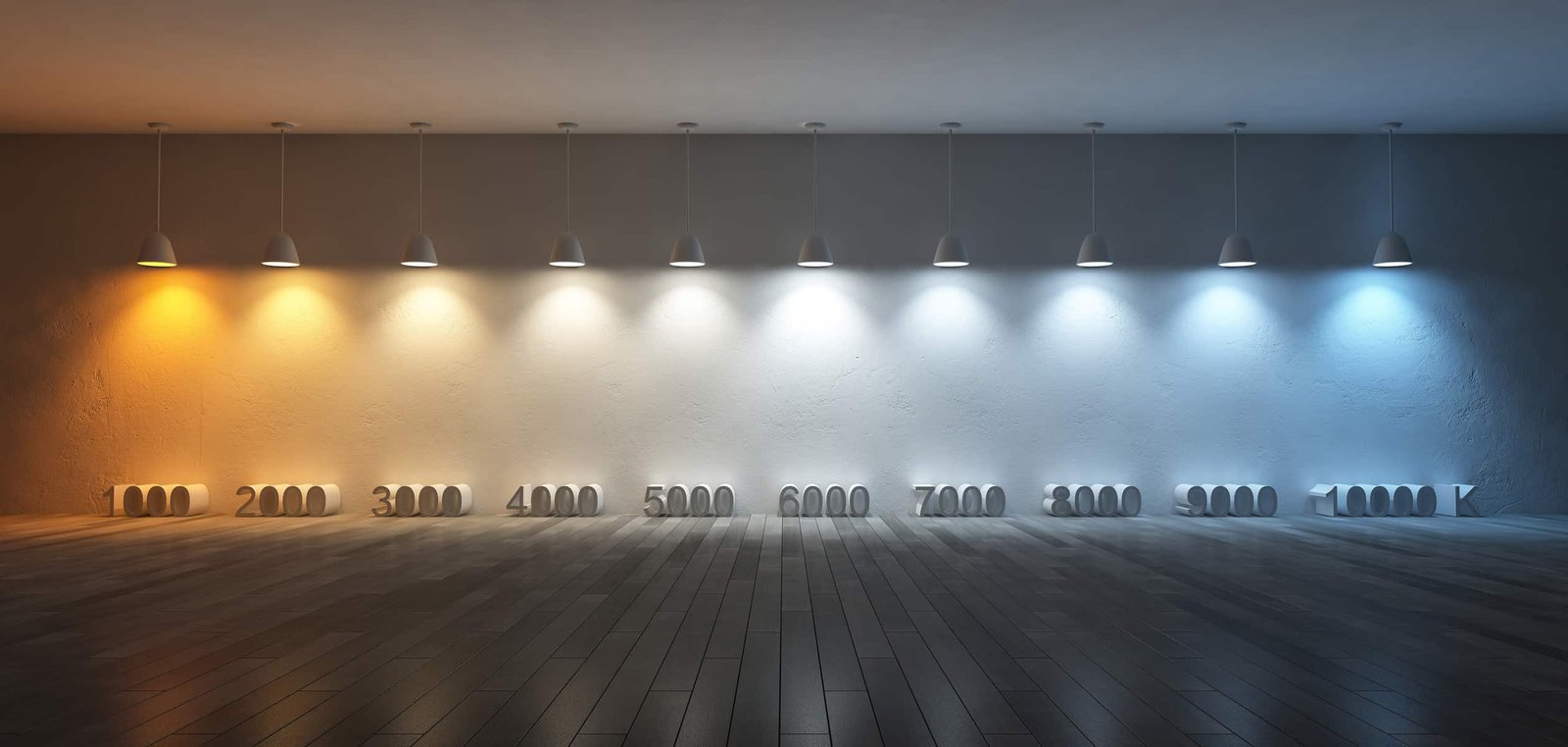


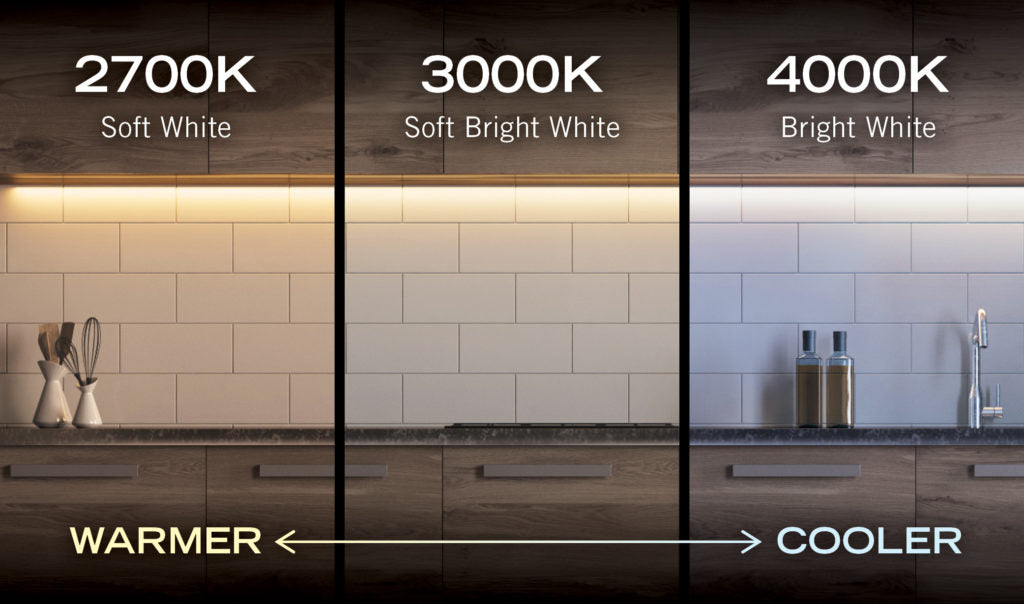

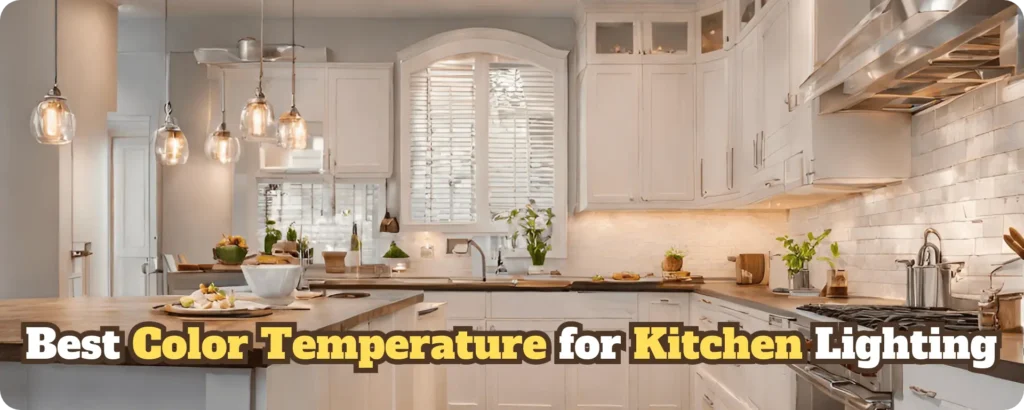
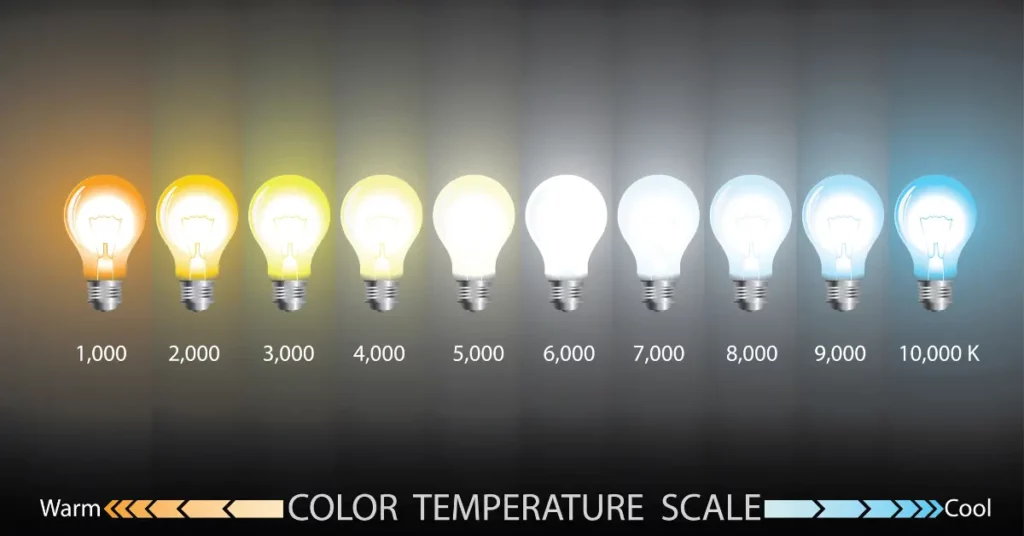




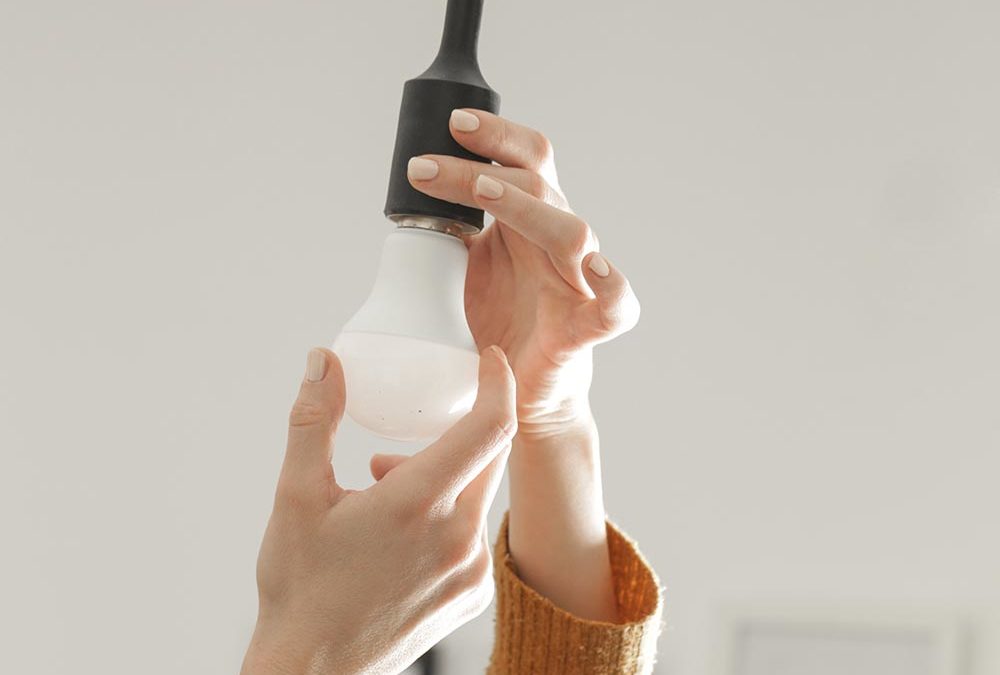
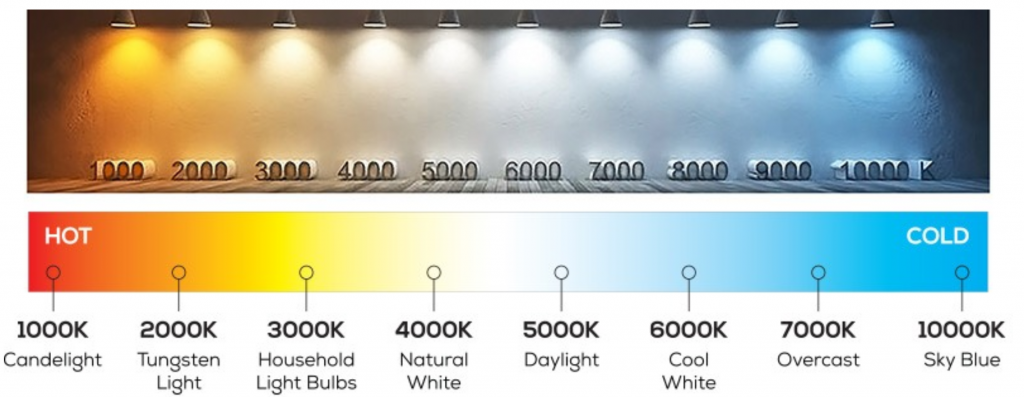

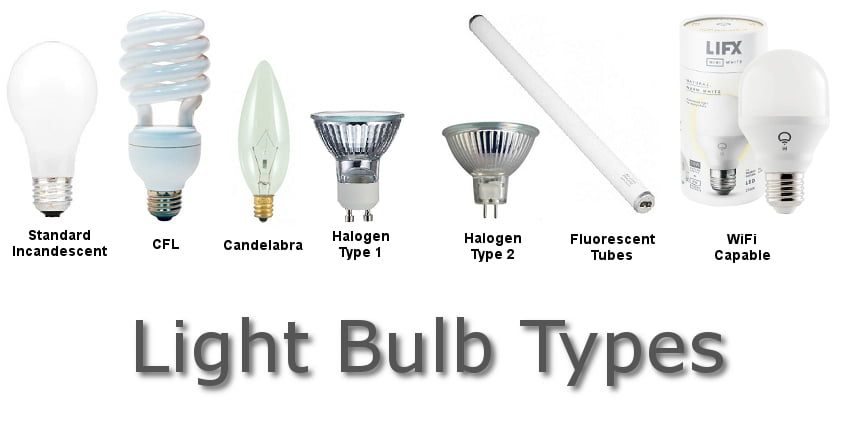




.png)

